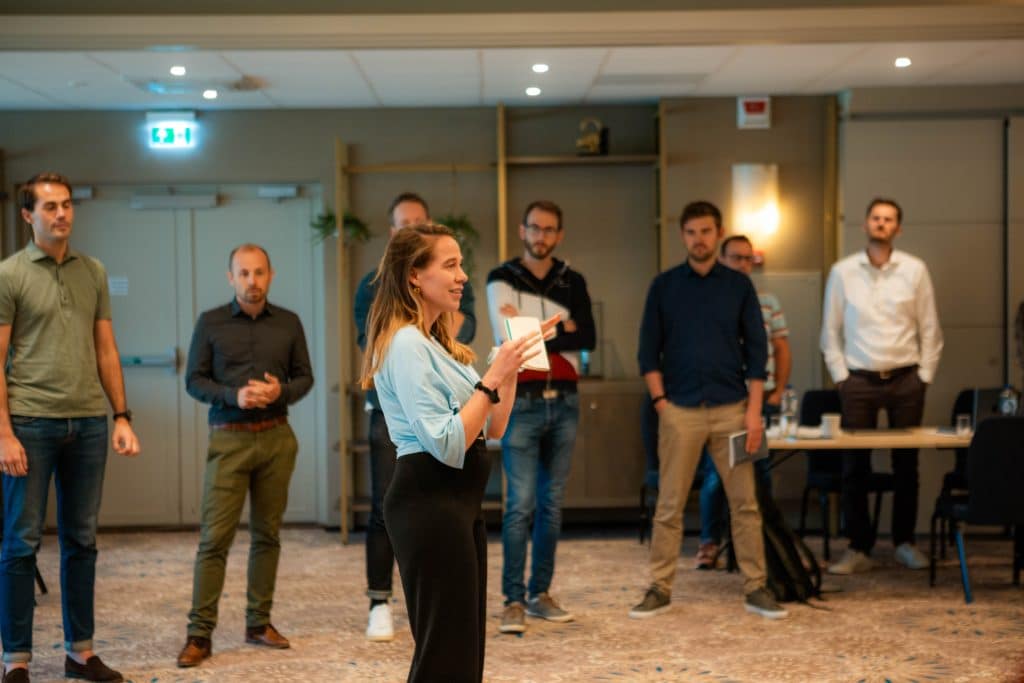Client: Stichting Alexander

Service: Analytics
Industry: Public
The Challenge
Within the Small Business Innovation Research (SBIR) program of the Dutch government, we had the opportunity to conduct a feasibility study on how Artificial Intelligence (AI) can be used to improve inclusion and empowerment in the Netherlands. This study is conducted together with Stichting Alexander, an expert in participatory research for young people.
Our study is focused on the job market for young people. Unemployment among this group is the highest of the entire working population.
In our feasibility study, we want to utilise Artificial Intelligence to scan job vacancies. We then look for words and phrases that discourage, or even exclude, young people from applying for a job. These words and phrases are then given as feedback to employers who can then change the text on the vacancies. By producing more attractive vacancies, young people will be motivated to apply, and the job market will be made more inclusive.
In Dutch – Our solution in a short pitch (2 min)
The Approach
In our research, we have incorporated the target audience, data and product:
Target audience: Together with Stichting Alexander, we organised two youth panels to start a conversation with the target audience. With them, we discussed topics such as what a job vacancy should look like, and which elements are not attractive in current vacancies.
Data: On a sample dataset of 1000 vacancies, we applied Natural Language Processing (NLP) techniques. These demonstrate the potential of Artificial Intelligence in job vacancies by smartly searching for exclusive language.
Product: We built a mock-up to provide not only our target audience, but also our future partners with an idea of how our research can be translated into a product. This shows how you can enter a vacancy text in a webtool, as well as an overview of all the vacancies and their status. Subsequently, it demonstrates how exclusive language in these vacancies would be highlighted.

The Solution(s)
In our feasibility study, we concluded:
- Firstly, a solution where vacancies are improved with Artificial Intelligence is both economical and technically feasible.
- Secondly, in order to make maximum impact, we should not only focus on exclusive language , but also on other aspects, including ability to learn, clarity and comprehensible language. These help to make a vacancy more attractive to young people.
- Thirdly, there is little desire for a new platform with only inclusive and attractive vacancies. Our solution should connect to existing job vacancy platforms such as Monsterboard, Jobbird, etc. This will make it easily accessible for employers to improve the vacancies they post on these existing platforms.
Impact and Benefits for Our Client
In conclusion, our next step is to develop a prototype solution, which companies can use to improve their vacancies. If we can continue with the SBIR program, we will create a prototype and test this. To test the impact, we will use both focus groups of young people and existing vacancy platforms to conduct A/B testing.
”We believe it should go in this direction! It is looking good!
SBIR program
Let’s shape the future
Do you want to know more? Get in touch with Casper Rutjes, or check our contact page.

Related Cases
What stage is your organisation in on its data-driven journey?
Discover your data maturity stage. Take our Data Maturity Assessment to find out and gain valuable insights into your organisation’s data practices.






